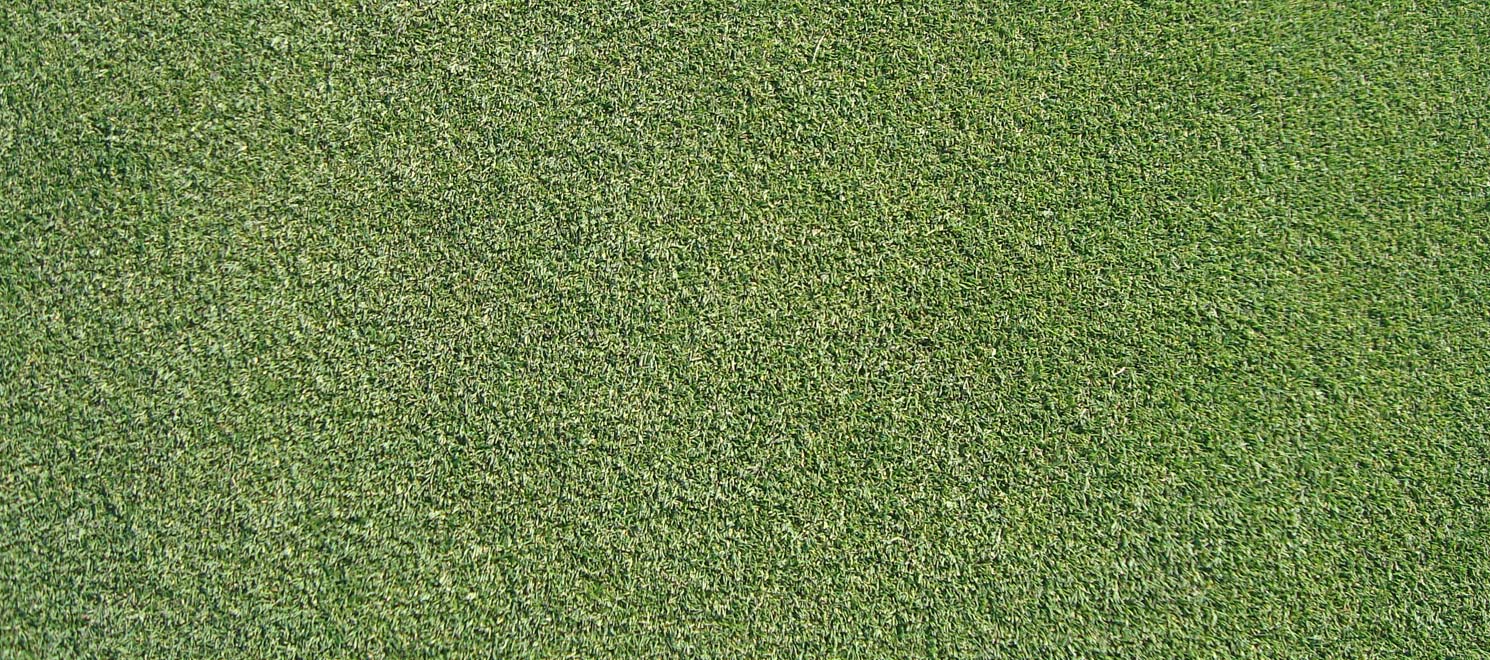
Agrostis stolonifera
Creeping bentgrass
Carpet bentgrass
The fine textured turfgrass has green to deep-green leaf blades (not shiny) the produces a dense sward. Creeping bentgrass often has creeping stolons, hence the name, by means of spreading. Underground rhizomes are seldom present. Creeping bentgrass can tolerate a range of cutting heights to suit a golf or bowling green e.g. 2.8 mm (low) or domestic lawn e.g. 30 mm (high). Creeping bent is suited for golf, lawn bowls and croquet greens, golf aprons and tees, fairway oversowing, residential lawns and parks in temperate regions.
Once established it forms a high quality uniform surface, capable of very close mowing e.g. suitable for golf and lawns bowls greens following adequate input (high). Creeping bentgrass has poor wear tolerance and becomes thatchy if not routinely controlled. The species regenerates from stolons on the surface and underground rhizomes. The species does not commonly mix well with other species of turf. Creeping bentgrass has a tendency to suffer from summer decline, or commonly referred to summer bentgrass decline complex. Identifying the problem is often difficult, because of the many variables, and often there are many contibuting factors. Ultimately, most creeping bentgrass probelms can be linked to environmental stresses, poor turf management practices and (regular) use of certian pesticides (Dernoeden, 2000). New seed sowing rate: 3 to 12 g/m2; oversowing rate: 2 to 10 g/m2 and stolonising rate: 20 to 40 kg/100m2 (Aldous and Chivers, 2002).
Pests, disease and weeds
Check to see which Pests, Diseases and or Weeds this turf variety may be susceptible to and how to successfully control them in your home lawn or sports turf.